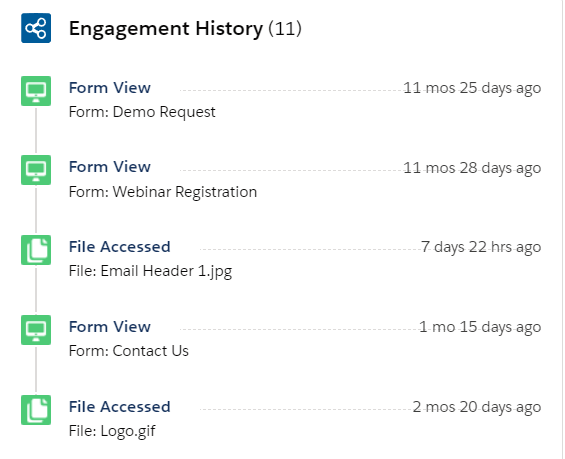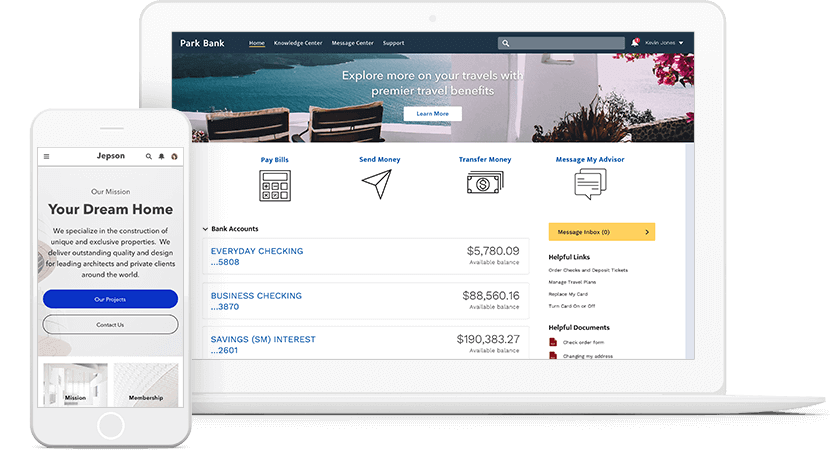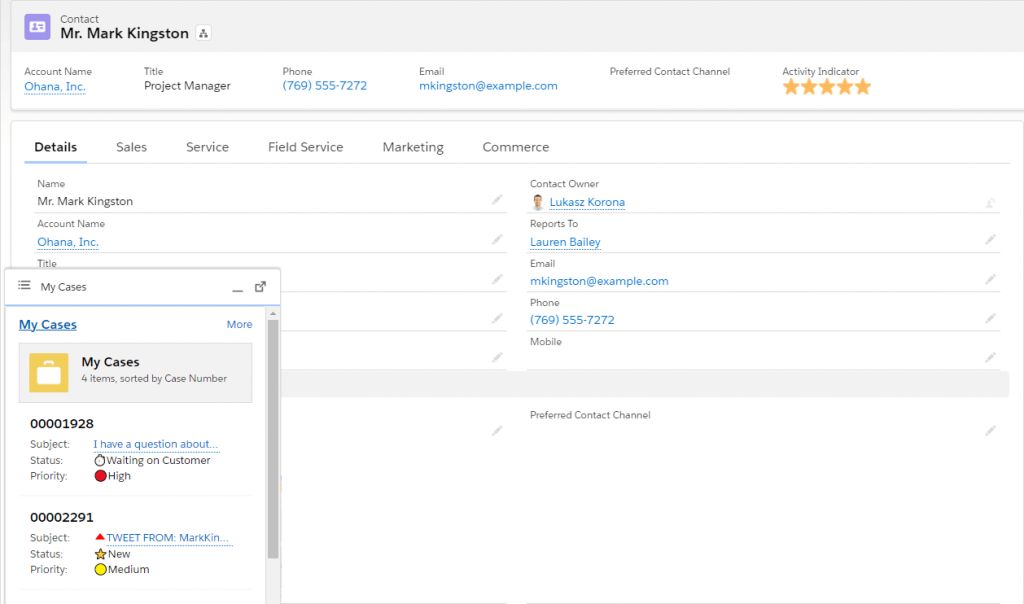
27 Apr Guide to Business Success: how to Find, Win and Keep Clients
Jurgis Bakanas, Head of Sales at Bluelark
Success is a consequence of well thought out decisions
No matter if you trade in diamonds, or develop computer software; if you sell directly to businesses, or offer your services to thousands of private customers – all successful businesses adhere to a few uniform rules.
So what do our Salesforce clients at Okavango diamond mine and one of the largest European telecommunication operators have in common?
The underlying business success lies with well-defined business processes and the efficient usage of company data.
Gone are the days, when CRM served as a notebook for client contacts or business remarks. Today CRM is an essential tool to manage business processes and alleviate uncertainty.
It is not surprising that after Salesforce deployment companies recorded an average 29% growth in sales, improved sales team efficiency by a third, or were twice as accurate in sales forecasting.
Let’s take a closer look at how Salesforce helps companies to manage the client cycle from acquisition to retention.
Turning Chaos into Process: Customer Acquisition
Facebook, Google ads, newsletters, traditional media campaigns – marketers have a myriad of options to reach potential customers. Salesforce helps to structure marketing processes and unify them into a single management hub.
Foremost Salesforce allows to create campaign landing pages without any web development knowledge and augment it with a contacts form. Wide-set of rules can be applied on how to assign contacts to a particular salesperson or department. New prospects can be assigned based on geography, specific services, split evenly between salespeople depending on their workload, or following other specified rules.
It is worth mentioning that these contacts do not „get buried“ somewhere in Excel sheets or under a load of other emails in Inbox – they are automatically imported into Salesforce and assigned to a particular employee – with defined processes of what actions and in what timeframe should be taken for the prospect to move along the sales funnel.
Every lead can be assigned a quality score by a set of predefined rules. If the conversion process takes longer (vs „here and now“), the lead can be nurtured via further marketing campaigns or newsletters.
As it integrates with Google Ads and other digital marketing tools, Salesforce marketing platform helps to better calculate campaign return on investment, provide a single source for reports, spending per client, and define the most efficient customer acquisition source.
The results? 36% increase in campaign efficiency, 31% more qualified leads, and 30% improvement in campaign ROI.

Salesforce marketing tools allow tracking customer digital signals and better plan marketing actions

From awareness to acquisition: Salesforce allows to map marketing actions along the customer journey
Getting to YES: the sales process
After the contacts are left in the call-to-action form, the sales cycle begins. Client contact data is visualized in the Salesforce sales wizard with clear steps which should be undertaken on the way to lead conversion.
The sales wizard UI is especially relevant for large enterprises – it is simple to onboard new employees, as the platform will not allow making the next step if certain criteria are not met.
Salesforce also visualizes all customer touchpoints and interactions. Salesforce integrates with Outlook and Gmail platforms – it automatically imports all email exchanges with a particular customer. In addition, the integration with calendar applications allows seeing all previous and forthcoming client events.
Automated data ingest saves hours and hours of salesperson work for planning and producing reports. It also helps in daily operations. If an employee is away on holiday, another employee can effortlessly take over the account – all relevant project information, including email exchanges and documentation, can be found in a single place.
Salesforce also helps to better manage sales teams, generate reports, and forecast sales.
Yet most importantly, after getting to YES, the customer account is then assigned for instance, to the technical installation department (their resource availability can also be tracked with Salesforce), accounting, the marketing team – and all those departments follow predefined processes along the customer journey.
It is not surprising that with Salesforce companies improved their chances of winning accounts by 23%, improved sales team efficiency by 35%, and increased sales revenue by 28%.

Salesforce Sales Cloud wizard-style user interface adds structure to the sales process by introducing ‘to-dos’, action history, and introducing all account-related information in a single place

Salesforce tools make sales teams more efficient, improves sales forecasting accuracy, and aids in measuring the performance of sales teams and particular employees
Lasting relations: tools for customer retention
Salesforce tools accompany the customers throughout the full lifecycle. In addition to Marketing Cloud and Sales Cloud which are instrumental in “getting to YES”, Service Cloud helps to retain customers and keep them happy.
Service Cloud is a tool for service desk employees. As in the case of sales, the support information is also visualized in wizard-style UI, making it clear what actions should be undertaken for the ticket to be resolved. The service center employee can also see previous customer support requests and service center interaction history. This helps even the largest organizations to communicate with the customer in a single voice.
Service Cloud introduces omnichannel customer support. Service desk employees receive support requests on a single platform, no matter where the support ticket was filed – be it email, phone, online chat, Facebook, or WhatsApp – the customer can choose the most convenient method for engaging with support and be sure that their issue will be resolved.
This omnichannel support approach helps to reduce the workload of the call center and split the requests more evenly between different support channels. And – actually – clients are not so fond of over-the-phone support. More than 70% of customers noted that they would prefer to resolve their issue via self-service rather than phone a support rep.
Salesforce also helps clients to effortlessly create self-service platforms for customers to track their orders or reply to the most common customer support issues.
The volume of support requests can be reduced by developing knowledge banks, featuring FAQs and troubleshooting guides. The development of such banks does not require any coding knowledge. They also come with best SEO practices inbuilt, meaning that the customer will easily discover them just by googling for a solution to their problem.
Salesforce Communities platform enriches knowledge bank information with customer experiences. From consumer self-help groups to branded communities for industry partners, Salesforce Communities helps brands interact with users in the digital space.

Salesforce allows companies to launch a self-service platform in no time. More than 70% would rather solve their problem via self-service rather than calling a service rep

Phone, email, or WhatsApp message – Salesforce Service Cloud provides an omnichannel support tool to manage all support requests via a single platform.